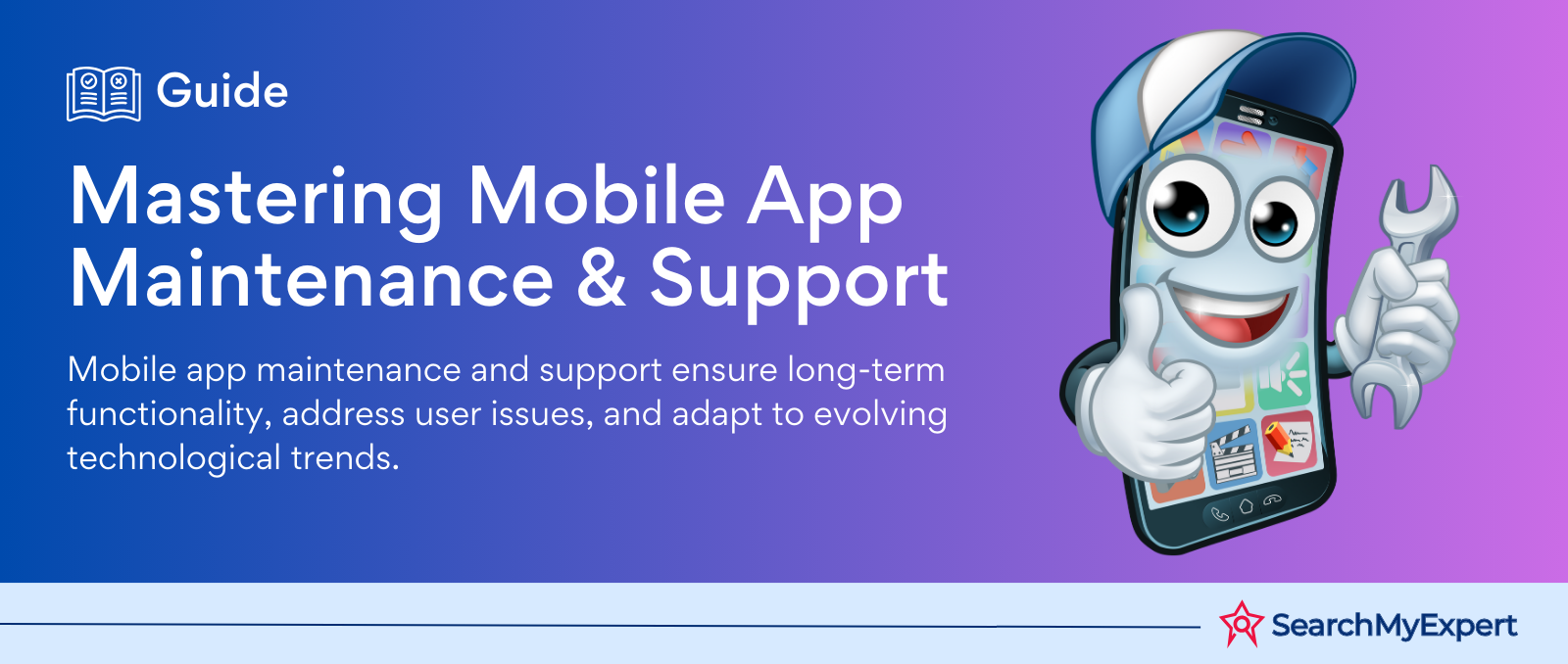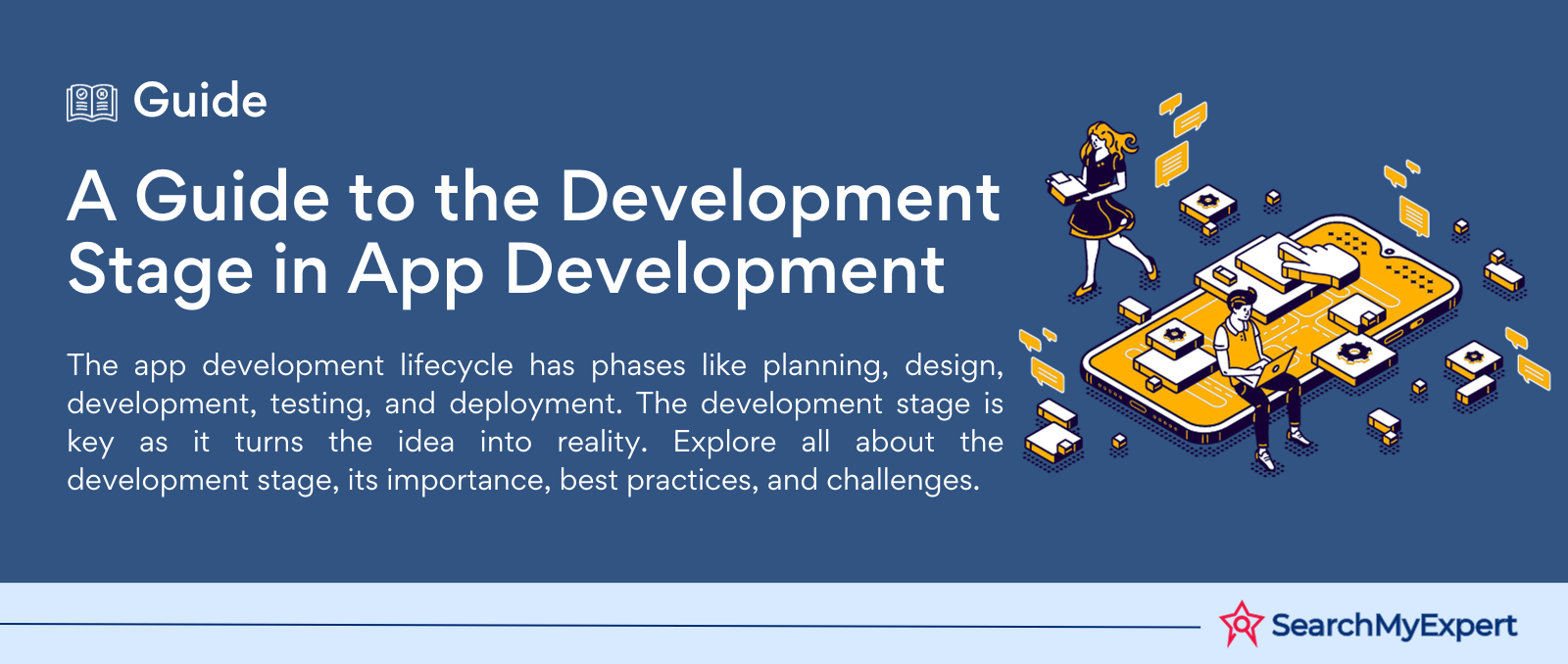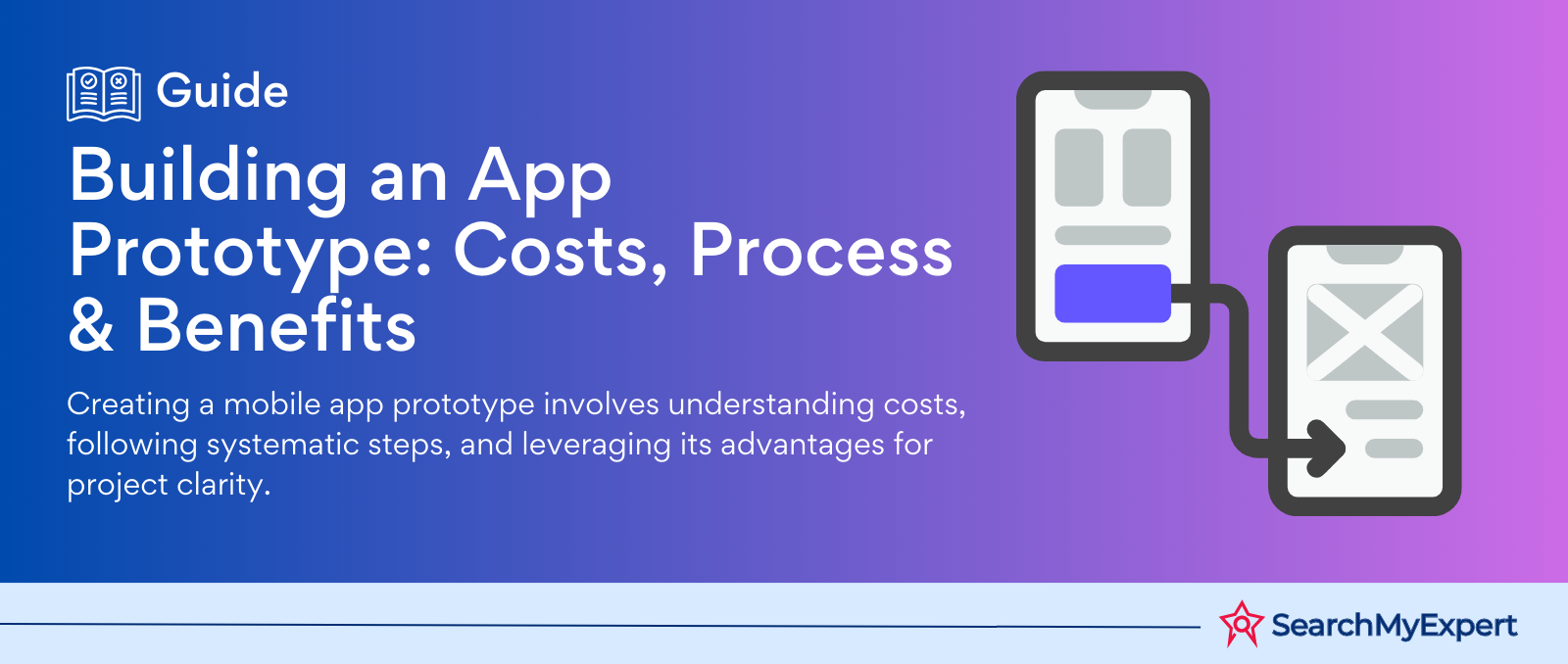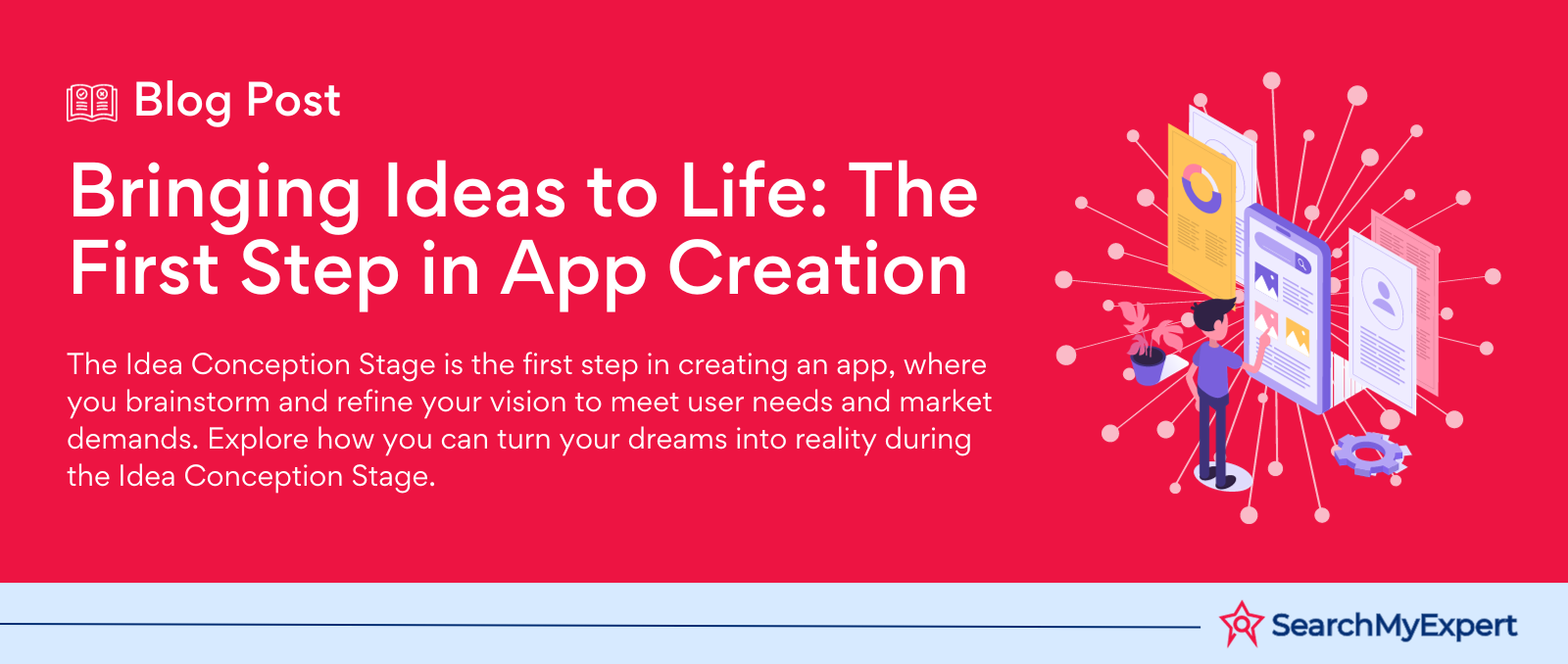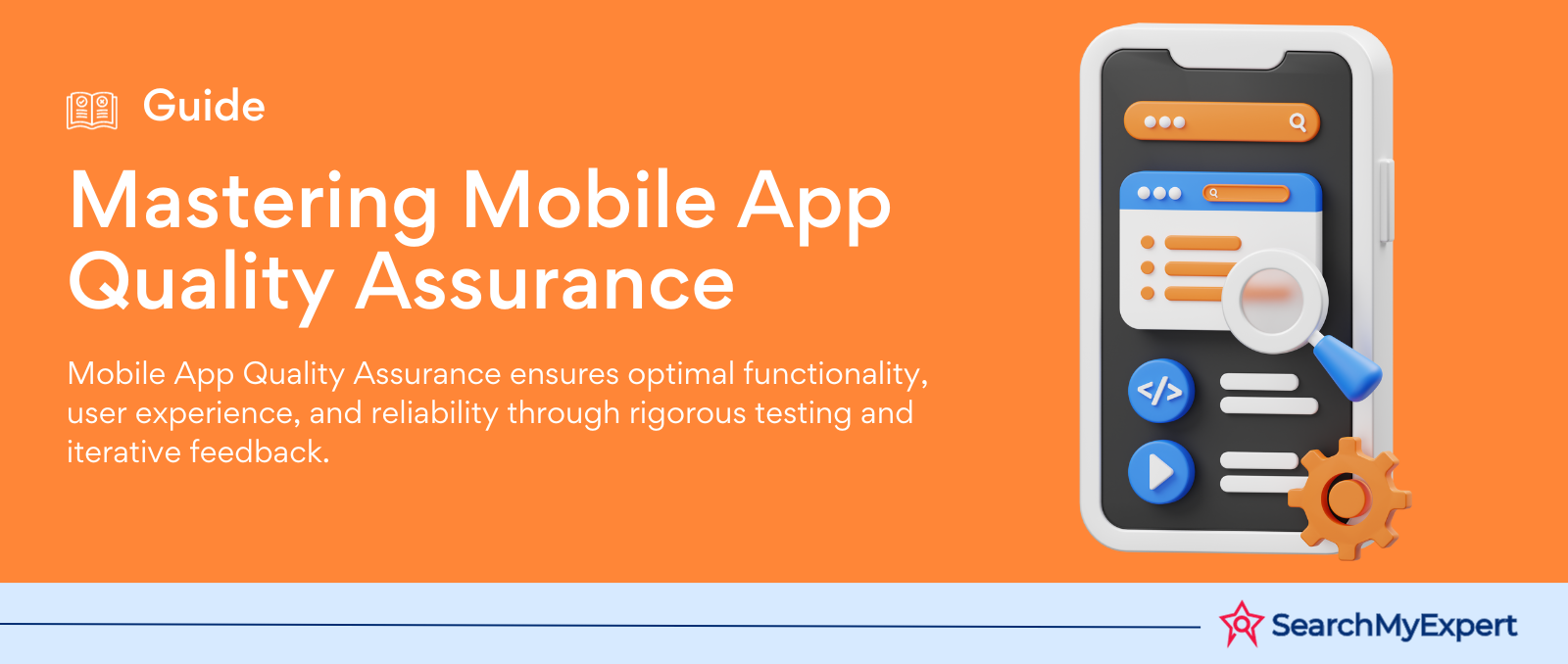Real Estate Revolutionised: The Effects of AR and VR Technology
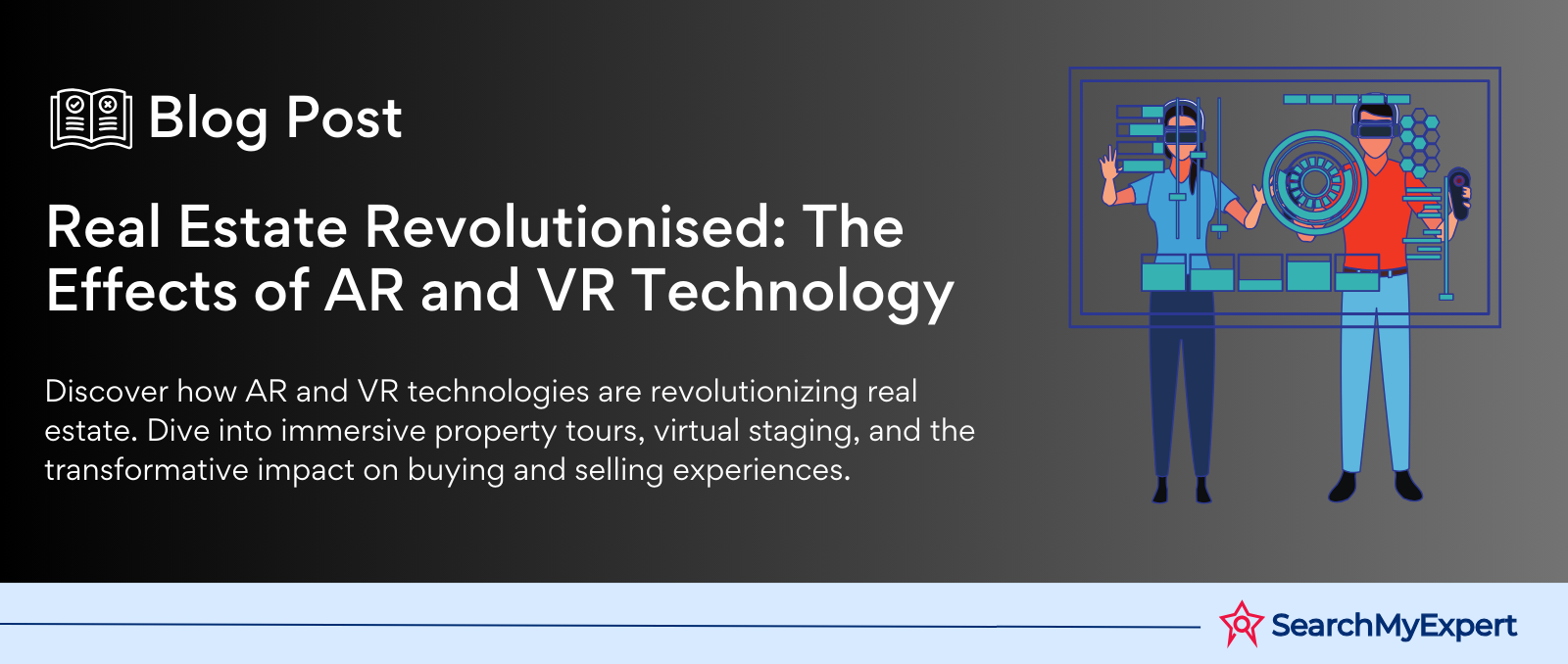
Augmented and Virtual Reality in Real Estate
Augmented Reality (AR) and Virtual Reality (VR): A Glimpse into the Future
Augmented Reality (AR) and Virtual Reality (VR) are transforming the way we perceive and interact with our environment. AR overlays digital information onto the real world, enhancing our experiences with interactive, computer-generated elements. VR, on the other hand, immerses us entirely into a simulated environment, creating a fully digital experience that can simulate physical presence in places in the real and imaginary worlds.
The Revolutionary Impact of AR/VR Across Industries
The adoption of AR and VR technology has been rapidly growing across various sectors. From gaming to healthcare, these technologies are making significant inroads. But one of the most exciting and transformative impacts is seen in the real estate industry.
AR/VR in Real Estate: A Game Changer for Buyers and Sellers
For Buyers:
- Virtual Tours: Experience properties remotely, as if they were physically there.
- Personalized Modifications: Visualize changes in real-time, like furniture placement or wall colors.
- Informed Decision Making: Access to detailed property insights through interactive elements.
For Sellers and Real Estate Agents:
- Attractive Showcasing: Present properties in an immersive and interactive way, appealing to a wider audience.
- Reduced Physical Showings: Save time and resources with virtual property tours.
- Enhanced Marketing: Stand out in a competitive market by offering innovative viewing experiences.
The potential of AR and VR in real estate is immense, offering unparalleled opportunities for engagement, customization, and efficiency. As these technologies continue to evolve, they are set to revolutionize the way we buy, sell, and experience real estate.
Immersive Property Tours: Revolutionizing Real Estate with VR
The Power of Virtual Reality in Property Viewing
In the realm of real estate, Virtual Reality (VR) technology has introduced an innovative way for potential buyers to experience properties. VR enables a virtual tour, where buyers can virtually walk through rooms, interact with objects, and get a comprehensive 360-degree view of the space. This digital revolution is changing how properties are showcased and experienced.
Experiencing Properties Like Never Before
With VR, every corner of a property becomes accessible, from the layout of the living room to the view from the balcony. Unlike traditional photos and videos, which offer a passive and limited perspective, VR tours provide an active and immersive experience.
Advantages Over Traditional Media:
- Realistic Feel: VR gives a sense of scale and depth, making it easier to understand the space.
- Interactive Experience: Potential buyers can explore rooms at their own pace and interact with elements like opening doors or switching lights.
- Emotional Connection: Immersive tours help buyers visualize living in the space, creating a stronger emotional connection.
Leveraging VR Headsets and Specialized Platforms
The key to these immersive tours lies in the use of VR headsets and specialized software platforms.
VR Headsets:
- Types: Ranging from basic mobile-based headsets to advanced, standalone systems.
- Accessibility: Increasingly affordable and user-friendly, making VR tours more accessible.
Specialized Platforms:
- Customizable Tours: Platforms allow for the creation of detailed, customized virtual tours.
- Integration: Seamless integration with real estate websites for easy access by potential buyers.
VR in real estate is not just about technology; it's about offering an unparalleled property viewing experience. It's a tool that empowers buyers to make informed decisions and allows sellers to showcase their properties in the best possible light.
Augmented Visualization and Customization in Real Estate
Enhancing Property Viewing with Augmented Reality
Augmented Reality (AR) is redefining the way potential buyers envision future homes. AR applications in real estate allow buyers to visualize how different furniture, decorations, and renovations would look in a specific property. This technology bridges the gap between imagination and reality, offering a practical tool for personalizing spaces.
Transforming Spaces with a Digital Touch
AR overlays digital elements onto the physical world, allowing users to experiment with various design options in real-time. This dynamic interaction between the digital and real worlds offers a unique and engaging experience.
Key Features of AR in Property Visualization:
- Furniture Placement: Experiment with different furniture styles and arrangements.
- Decoration Choices: Visualize how various decor items would look in the space.
- Renovation Ideas: Simulate changes like wall colors, flooring, or light fixtures.
Empowering Buyers with Creative Control
AR gives buyers the power to customize and personalize properties virtually. This hands-on approach to property viewing provides several benefits:
Benefits of AR in Real Estate:
- Informed Decisions: Helps in making confident choices about furniture placement and interior design.
- Enhanced Visualization: Buyers can see how their ideas would materialize in the actual space.
- Cost-Effective Planning: Reduces the need for physical samples and mock-ups, saving time and money.
Through AR, buyers can see the potential of a property beyond its current state, making it easier to imagine it as their future home. It’s a powerful tool that not only enhances the buyer’s experience but also adds value to the property by showcasing its versatile potential.
Enhanced Marketing and Lead Generation with AR/VR
Revolutionizing Real Estate Marketing through Interactive Experiences
In the digital age, real estate agents and developers are increasingly leveraging Augmented Reality (AR) and Virtual Reality (VR) to create captivating and interactive marketing materials. These technologies are not just futuristic tools but practical solutions for enhancing customer engagement and generating more leads.
Interactive Marketing Materials: A New Standard
3D Property Brochures
- Immersive Experience: Transform traditional brochures into interactive 3D experiences.
- Detailed Exploration: Allow potential buyers to explore properties in-depth, from room layouts to design details.
Virtual Open Houses
- Global Reach: Host virtual open houses accessible to a global audience.
- Convenience: Offer 24/7 property access, catering to different time zones and schedules.
These innovative marketing strategies enable a more engaging and informative property showcase, setting new standards in real estate marketing.
Attracting a Wider Audience
AR/VR technologies have a unique appeal, attracting tech-savvy buyers and those seeking a more immersive property viewing experience. This modern approach to marketing not only captures attention but also generates more qualified leads, as interested parties are already engaged with the property through these interactive experiences.
Benefits in Lead Generation:
- Enhanced Engagement: Interactive content leads to higher engagement rates.
- Targeted Marketing: Reach specific demographics interested in innovative property viewing experiences.
- Quality Leads: Attract serious buyers who invest time in exploring properties virtually.
AR/VR in Social Media and Online Campaigns
The integration of AR/VR in social media marketing and online advertising campaigns further amplifies the reach. By showcasing properties through AR/VR on platforms like Facebook, Instagram, and real estate portals, agents can create buzz and interest in their listings.
- Social Media Campaigns: Share immersive property tours, attracting likes, shares, and comments.
- Online Ads: Use AR/VR elements in ads for a more engaging user experience.
By harnessing the power of AR and VR, real estate professionals are not just selling properties; they're offering an experience that resonates with the modern buyer's expectations.
Streamlining the Buying and Selling Process with AR/VR
Revolutionizing Real Estate Transactions with Technology
Augmented Reality (AR) and Virtual Reality (VR) are significantly streamlining the property buying and selling process. These technologies offer innovative solutions that enhance efficiency, convenience, and global reach in real estate transactions.
Transforming Real Estate Experiences
Remote Viewing Options
- Virtual Tours: VR enables potential buyers to tour properties remotely, providing a realistic sense of the space without physical presence.
- Accessibility: Allows buyers to explore multiple properties from anywhere in the world, saving time and travel costs.
Virtual Staging
- Cost-Effective: Reduces the need for physical staging, lowering costs for sellers.
- Flexibility: Offers multiple staging designs and layouts, easily altered to suit different tastes.
Online Documentation and Signing
- Efficient Process: Facilitates the completion of paperwork digitally, streamlining the transaction process.
- Secure Transactions: Utilizes secure platforms for electronic signatures and document management.
Reducing Physical Dependencies
The integration of AR/VR in real estate reduces the reliance on physical visits and paperwork. It not only makes the process more efficient but also more environmentally friendly by cutting down on print materials and travel emissions.
Advantages:
- Time-Saving: Significantly reduces the time taken for property viewings and transactions.
- Convenience: Offers the flexibility to handle various aspects of the transaction remotely.
Facilitating International Transactions
AR/VR technologies play a crucial role in facilitating international real estate transactions. They break down geographical barriers, allowing buyers and sellers from different parts of the world to connect and transact with ease.
- Global Reach: Buyers can explore properties internationally without leaving their home country.
- Cultural Understanding: Helps understand property styles and layouts prevalent in different regions.
By leveraging AR and VR, the real estate industry is moving towards a more efficient, accessible, and global market, reshaping the traditional methods of buying and selling properties.
Challenges and Considerations in AR/VR Adoption for Real Estate
Navigating the Complexities of Cutting-Edge Technology
While Augmented Reality (AR) and Virtual Reality (VR) are transforming the real estate industry, their adoption comes with its own set of challenges. Recognizing and addressing these challenges is crucial for the successful integration of these technologies.
Understanding the Hurdles
Technology Costs
- Initial Investment: The cost of developing and implementing AR/VR solutions can be substantial.
- Maintenance and Updates: Ongoing expenses to keep the technology up-to-date and functioning.
Hardware Limitations
- Accessibility: Not all users have access to the necessary VR headsets or AR-compatible devices.
- Compatibility: Ensuring AR/VR solutions are compatible with a wide range of devices and platforms.
User Experience Concerns
- Ease of Use: The technology must be user-friendly to ensure widespread adoption.
- Realism and Quality: Ensuring the virtual representations are realistic and high-quality to truly benefit users.
Prioritizing Data Privacy and Security
The use of AR/VR in real estate transactions involves handling sensitive information. Ensuring data privacy and security is paramount.
- Secure Platforms: Implementing robust security measures to protect user data.
- Privacy Policies: Clear policies on how data is collected, used, and shared.
The Path Forward: Research and Development
Ongoing research and development are essential to overcome these challenges and improve the accessibility and affordability of AR/VR technology.
- Innovative Solutions: Developing more cost-effective and efficient AR/VR solutions.
- Broader Accessibility: Making the technology accessible to a wider audience, regardless of their technical expertise or resources.
By addressing these challenges, the real estate industry can fully harness the potential of AR and VR, paving the way for a more innovative and efficient future.
Future Outlook of AR/VR in Real Estate
Envisioning the Future of Real Estate with AR/VR
The future of Augmented Reality (AR) and Virtual Reality (VR) in real estate holds remarkable promise. As these technologies continue to evolve, they are poised to further revolutionize the way we buy and sell properties.
Predicting the Impact
- Wider Adoption: As AR/VR becomes more accessible and affordable, its adoption in real estate will likely grow exponentially.
- Advanced Features: Continuous improvements in AR/VR technology will lead to more realistic and interactive property experiences.
- Global Transactions: Easier international property buying and selling, bridging geographical limitations.
Summarizing the Transformative Potential
For Buyers:
- Immersive Viewing: Enhanced property tours, providing a realistic sense of the space.
- Personalized Experience: Customization options for interior designs and renovations.
For Sellers and Agents:
- Innovative Marketing: Interactive and engaging ways to showcase properties.
- Efficient Process: Streamlined buying and selling process, reducing the need for physical visits.
The integration of AR and VR in real estate is not just about the adoption of new technology; it's about reimagining and enhancing the entire property transaction experience.
Conclusion
As we look towards the future, the possibilities of AR and VR in real estate are truly exciting. These technologies offer a glimpse into a world where property transactions are more efficient, immersive, and accessible. They are not just tools for viewing and marketing properties but are catalysts for a fundamental shift in the real estate industry.
AR and VR stand at the forefront of this change, offering innovative solutions and opening doors to new possibilities. The future of real estate looks bright, with AR and VR leading the way in transforming how we experience, buy, and sell properties.
Collaborate with skilled AR & VR Development Service Agencies for impactful VR solutions.
share this page if you liked it 😊
Other Related Blogs

Mastering Docker for App Development: A Comprehensive Guide to Benefits, Use-Cases, and Alternatives
STAY UP TO DATE
GET PATH'S LATEST
Receive bi-weekly updates from the SME, and get a heads up on upcoming events.
Contact Us





